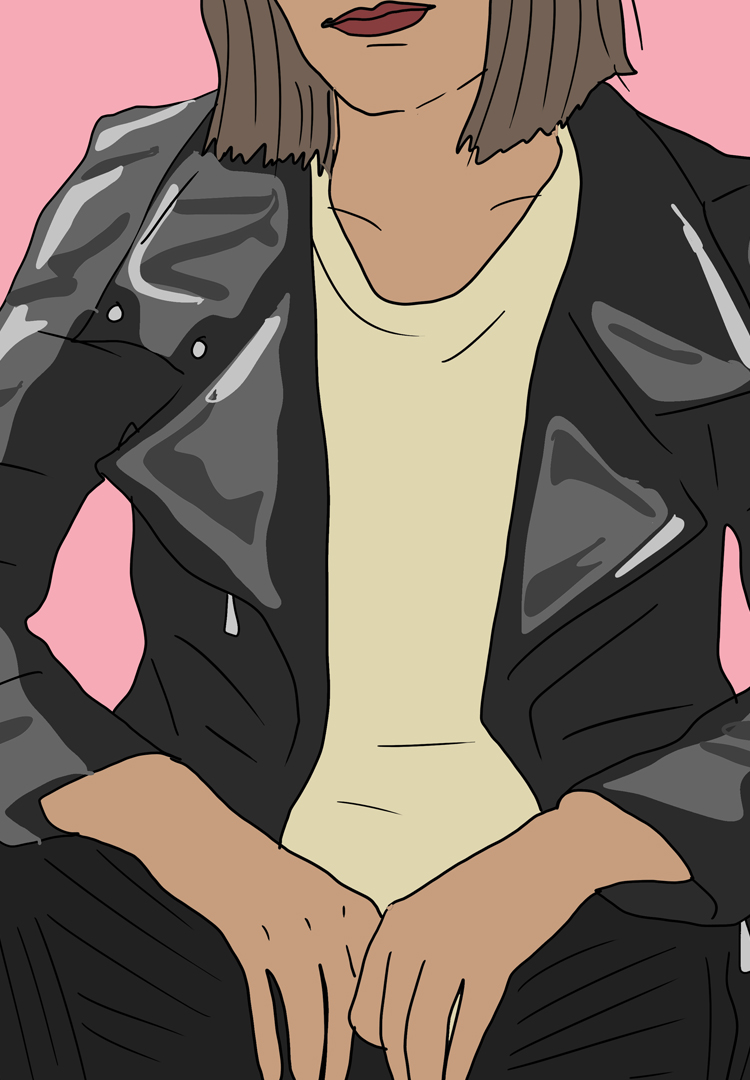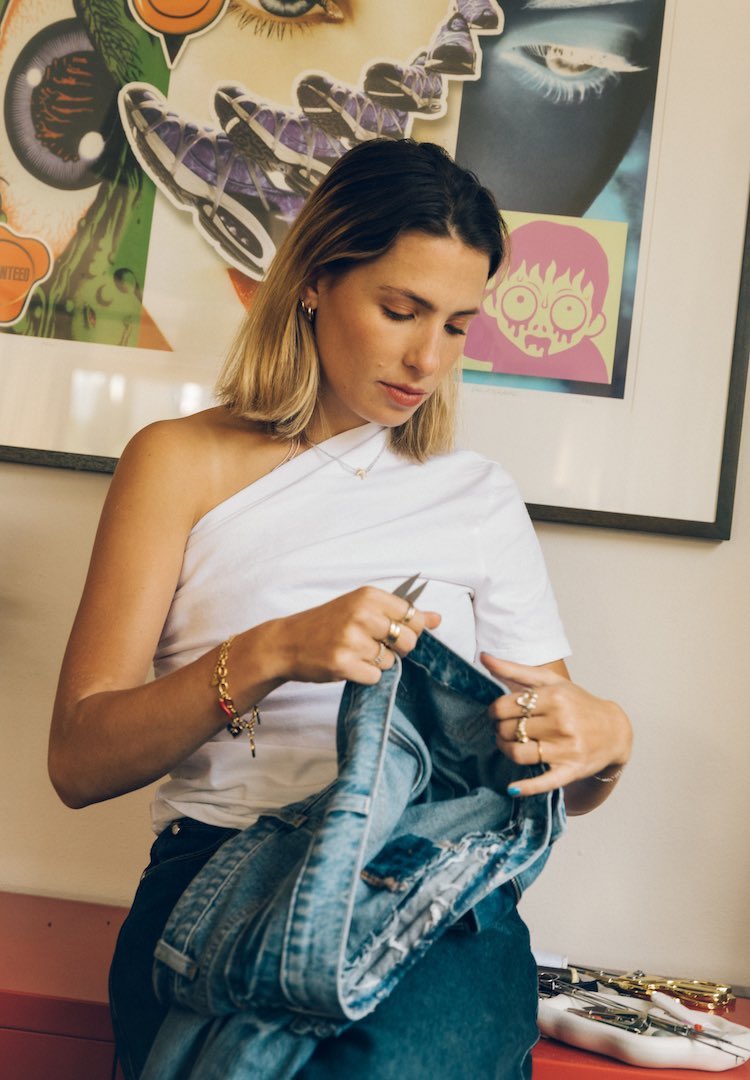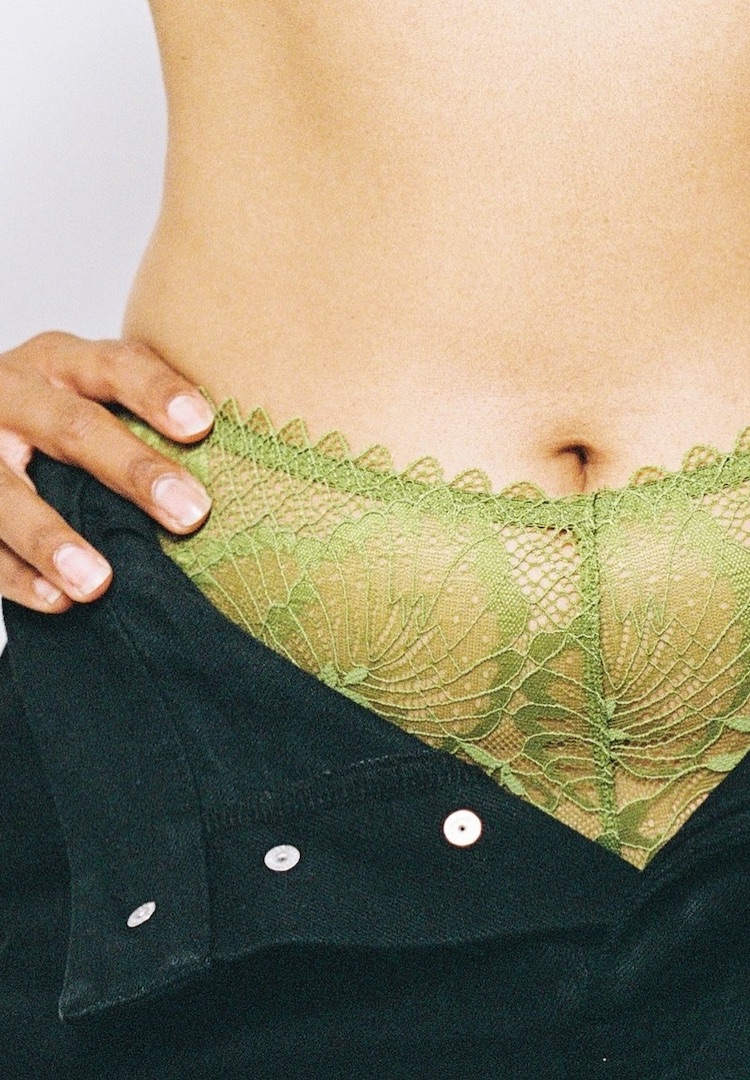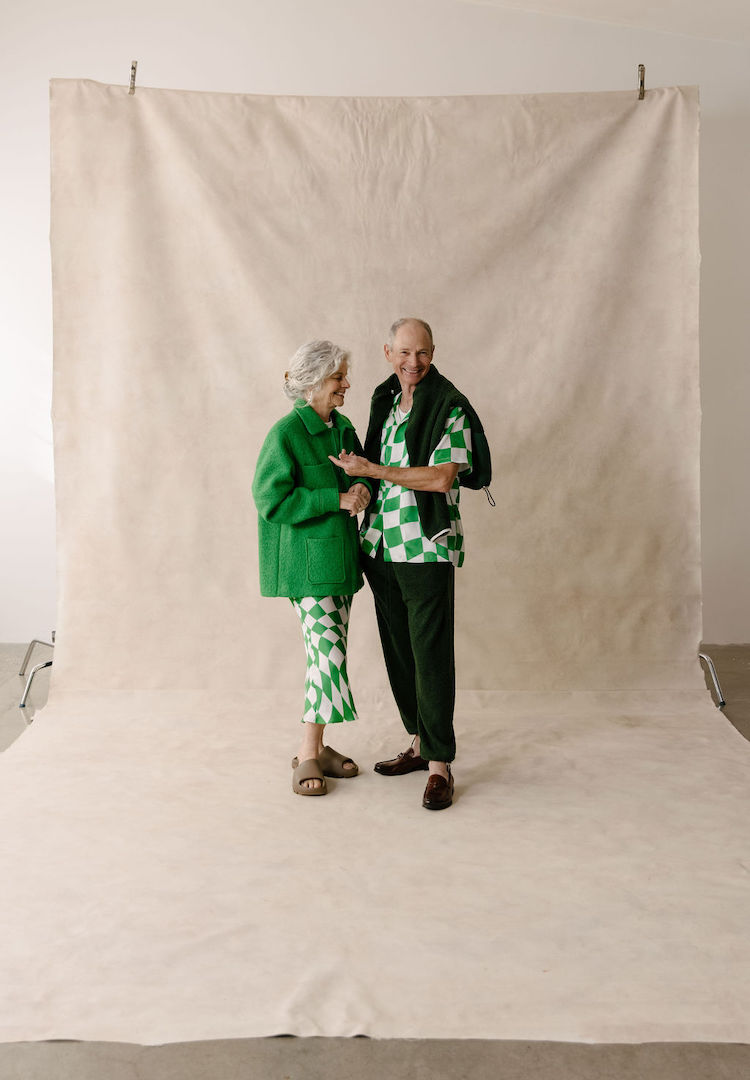Are leather alternatives really all that sustainable?
Illustration by Twylamae
Words by Hannah Cole
The good, the bad and the ugly.
I know I’m not the only one always confused by the debate around vegan, cruelty-free and sustainable fashion. How do we define these things? Who even came up with these definitions? And, more importantly, how do we gauge just how good or worthy or valid any of these aspects are within a brand? These are words commonly used flippantly or without much reason because, you know, it’s *in*.
The current wave of eco-awareness has trained us to view all things labelled ‘vegan’ as inherently positive; anything the opposite is thereby evil. But, as with sugar-laden treats masked as bliss balls, our cruelty-free fashion alternatives often have a much darker side.
So, is vegan ‘leather’ really better than the real stuff? Many brands have gained Insta-fame for their applauded use of vegan alternatives. But I’m not sure we’ve derived the best from our clothing manufacturers just yet. With all these claims of sustainability and high ethical standards, an in-depth investigation is well-deserved. Here’s my two-second breakdown for those low on time but high on interest.
The Good
Okay, so real leather isn’t quite perfect either. Aside from the perceived animal cruelty aspect, harmful chemicals are used in the treatment of genuine leather – essentially ensuring your jacket looks more like a piece of clothing and less like a cow. This, in turn, has a detrimental effect on surrounding communities and workers through polluted waterways and carcinogenic fumes etc.
The Bad
Straight-talking here: vegan leather is created from petroleum-based products, i.e. fossil fuels. It doesn’t sound so *friendly* now, does it? And, as we well know, fossil fuels are the devil, bringing destruction to absolutely everyone and everything. Wearing it on my back can’t do much good for the future of the planet.
The Ugly
And then, once you’ve finished up with your pleather jacket (because it’s so last season, dah-ling), where does it go? While real leather is built to last – just look at the number of leather jackets in every vintage store – vegan leather is not so. So straight off to landfill our petroleum-crafted pieces go. Not ideal.
If I’m 100 per cent honest, I still sit on the fence. I’m all for the rights of animals, but I also deeply care about the future of the earth. I own both; I love both. Thankfully, some real smart chooks are working on better solutions for us all – something to keep the vegans and non-vegans happy alike.
US accessory label, Von Holzhausen, has gained recent attention for its specially-crafted ‘Technik-leather’. While the fabric is still made from synthetics, the designer chooses to stick to PU instead of PVC (a *slightly* better alternative). The toxin-free, circular-aiming nature of the company is heartening too, with claims that manufacturing is ’99 per cent waste-free’. All solvents are captured, recycled and reused again, meaning fewer polluted waterways and baddies being released.
If you’re after something a little more au naturel and guaranteed safer for the planet, look into Pinatex. This ingenious fabrication is made from the fibre of pineapple leaves – typically a waste product. It’s natural, biodegradable and offers farmers an additional source of income. As with traditional leathers, a petroleum-based resin coating is still applied to finish but, never fear, they are working on this too. Check online for an up-to-date list of brands they work with to get your own taste of the pineapple power.
On a similar vein, mushroom leather is plugging itself as the closed-loop alternative. Don’t ask me how (science is not my forte), but vegetative tissue is extracted from mushrooms and crafted into an organic, anti-microbial leather alternative. And apparently, it even feels like leather. Pieces made from the fibre are also 100 per cent biodegradable, so watch this space for the ideal compostable garment.
As an avid brewer and SCOBY mumma, I can’t help but get excited by the idea of kombucha leather. It’s still early days for this baby but, one day, we may all be brewing our own leather. We will wear, cherish, and then merely compost away. No animals harmed in the making, no toxic chemicals in sight. Now that is the pinnacle of circular fashion meets vegan meets eco-warrior.













